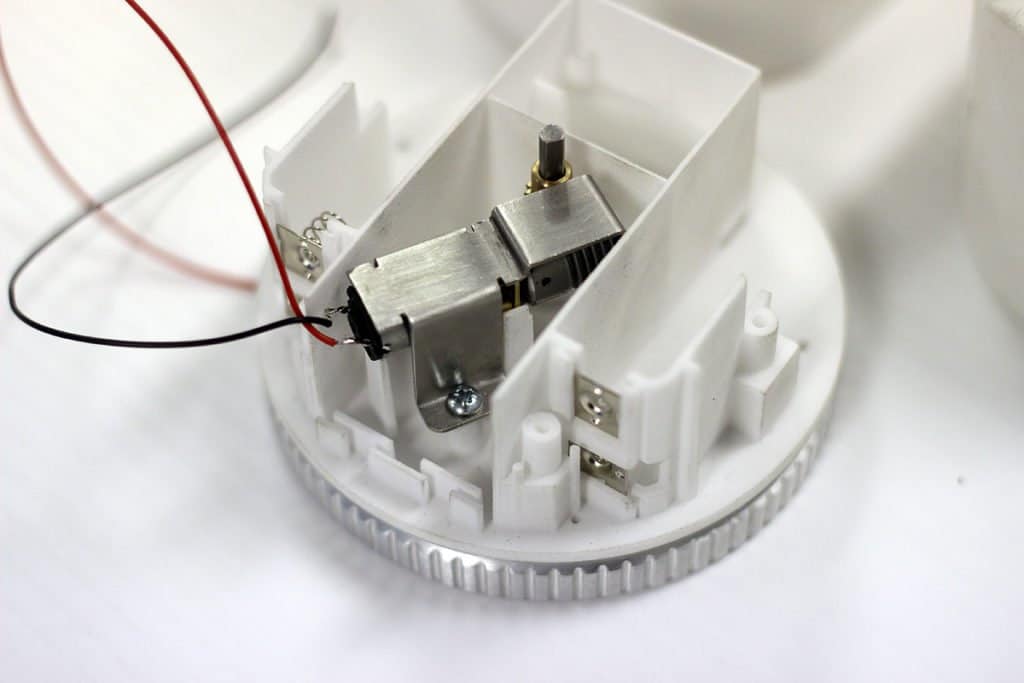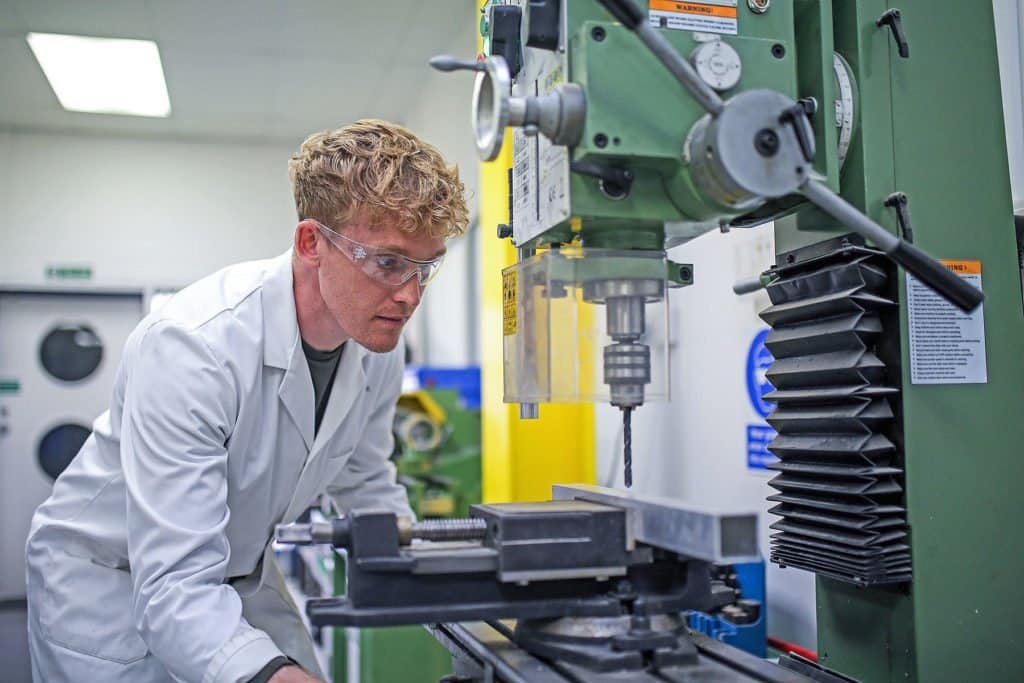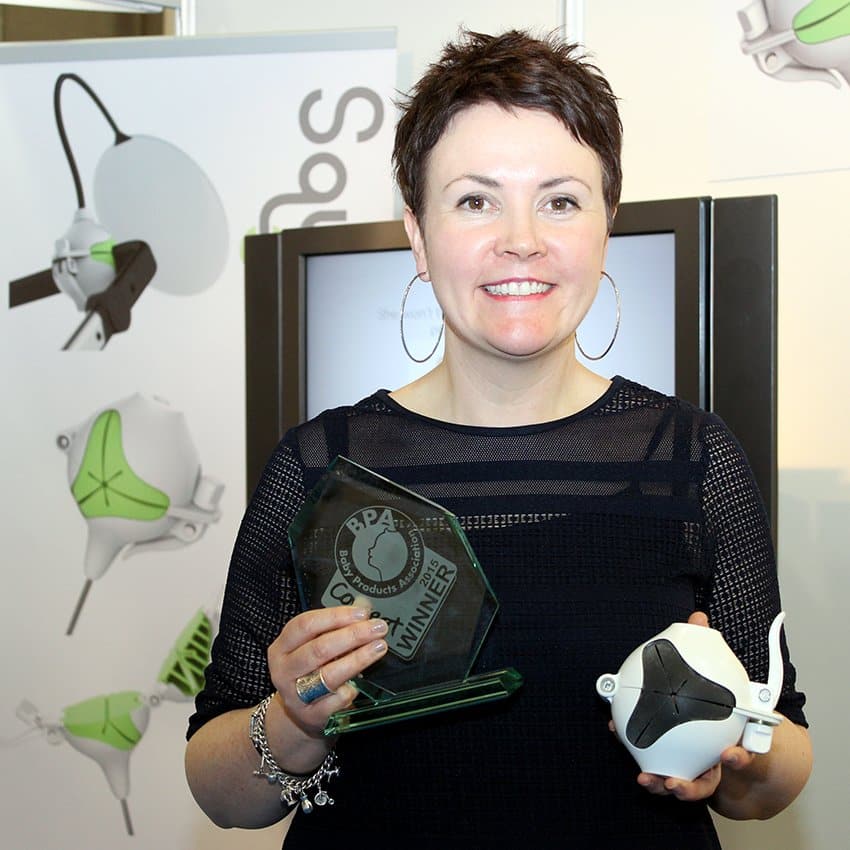Prototyping a New Kitchen Product Idea
An introduction to prototyping new kitchen products.
Prototyping is the process of creating a physical model of the new product idea for evaluation and testing. This is an expensive but unavoidable part of the development process and enables rapid improvement and refinement of the initial idea. Prototypes have a huge impact on the final outcome and can save a large amount of investment in production setup and tooling of an inferior design. This page will help you to gain knowledge about prototyping new kitchen products.
Different types of prototype are often best considered as different levels of fidelity. Low fidelity are often initial prototypes to prove out the basics of an idea and are quickest and cheapest to produce. High fidelity are often the last models produced before production are have a high quality of appearance and functionality.
High Fidelity User Prototypes This prototype is often produced from computer-generated virtual models and look almost identical to the final product. These help with testing the final details and ironing out minor issues before production.
Mid Fidelity Prototypes bridge the gap from the early version that often purely test form or function. These are often a combination of some features and functionality in a housing that is quite similar in size and shape to the final intended product. They are often not the same finish, colour and often lack the branding. The most important role of this prototype is to prove the working and mechanism of the product in a form close to the final product.
High Fidelity prototypes look, feel and work like the final product wherever possible given the limitation of prototyping versus production techniques.


You need to follow basic steps given below for prototyping kitchen products. These are:
Analysis: This is the first and most important step and is often repeated after each prototype. In this step, expectations of users are considered, along with every possible hurdle that can affect the kitchen product design. What are the key things you want to get out of each prototype and analysis before moving on?
Build a Prototype: This is the longest step in the development of a kitchen prototype. In this step, the actual prototype is built with the help of the CAD model and sketches of the product. Methods used for the building of the prototype include:
3D printing: It is one of the fastest methods to test the efficiency of the product. This can be Powder Bed Fusion if the product is to be made with metal or material with a high melting point is needed. Stereolithography is the best option for a plastic based product. CNC machining might be the best option if the parts need to be strong and durable and 3D printed parts would be inadequate.
Testing and Refining: The design should be rechecked again and again from start to end to make sure that it is still appealing to your target market. Testing leads to refinement in durability, design, manufacturability and usability.
Before launching your product, you can test its usability and improve it accordingly. The best part is that you can get an honest review from your peer and modify your product at an early stage.


Do you have a kitchen product idea? Or require kitchen product concepts to be prototyped? We are here at your service with an efficient and extremely knowledgeable team to provide the necessary assistance with developing kitchen products.
Contact us today or read more about developing a new kitchen product.
Do we sound like the product design company you've been looking for?
Get in touch with us today to discuss your requirements.